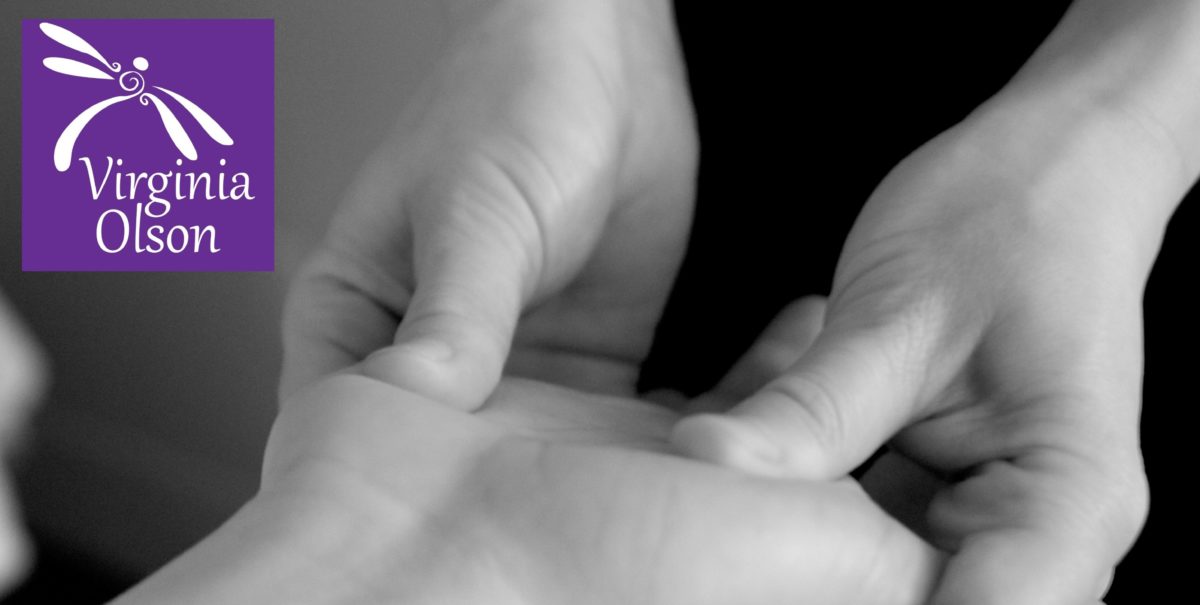“Hope is so important, but this post [The Power of One] begs the question: how do people distinguish between hope and false hope? How do you balance the desire to follow dreams and aspirations with pragmatic realism? How can we come to know, respect, and even appreciate our own limits?” – Posted by cjdeldotto
Any endeavor must be grounded if it’s to succeed. This means that consistency of action is required. It’s not enough to meditate and visual success. It’s not enough to wish and hope and dream. Those early stages are important to focus and clarify the dream. But if it’s to be realized, the consistent action – the follow through – is essential.
Sometimes we are our own biggest barrier to realizing our dreams. By that I mean that many of us have habits that hold us back, like procrastination for example. Or limiting beliefs, about ourselves or others, that stop us from taking action in the direction of achieving our goals and realizing our dreams. It’s interesting that despite the proliferation of a number of different technologies designed to save time and make our lives easier in the last decade, many of us seem to be more busy than ever. But it’s worth asking the question, what are we busy doing? Are we busy doing the things that reflect our real values, our true priorities? If our gadgets save us time (and whether or not they do is dependent upon how we use them), what are we doing with that time?
It’s often a question of motivation. We are a culture that loves the quick fix. Take a pill to feel better. Get rich quick. Buy now pay later. Lose weight fast. We are a culture that wants results. Now. But real change is gradual – it’s a process. What didn’t develop overnight generally won’t disappear overnight either. In the age of Facebook, Twitter, Wikipedia and the like, where an overwhelming amount information is at our fingertips, what is sometimes lost is depth of thought and real staying power. When we don’t see immediate results, many of us lose interest in the process.
Of course, there are other times when what appears to be a lack of motivation or commitment may be simply be a reflection of Maslow’s Hierarchy. Self-actualization is at the top of the pyramid for a reason. If basic needs aren’t being met, it’s not going to be possible for an individual to focus on achieving goals in the big picture, however much he or she might wish to do so.
In order to know our own limits, we have to truly know ourselves. This is svadhyaya. Being able to see ourselves clearly, to understand and accept who we are and where we are in our personal development takes time. One of the tools that can help with that is meditation (to be discussed in more detail in a future post). Meditation is an umbrella term that covers a variety of techniques for raising consciousness and developing awareness. It’s a practice, and a process that requires patience and dedication over a period of time in order to experience the benefits and see results.
Recommended reading:
The Seven Habits of Highly Effective People, Stephen R. Covey
